#affric
Explore tagged Tumblr posts
Text

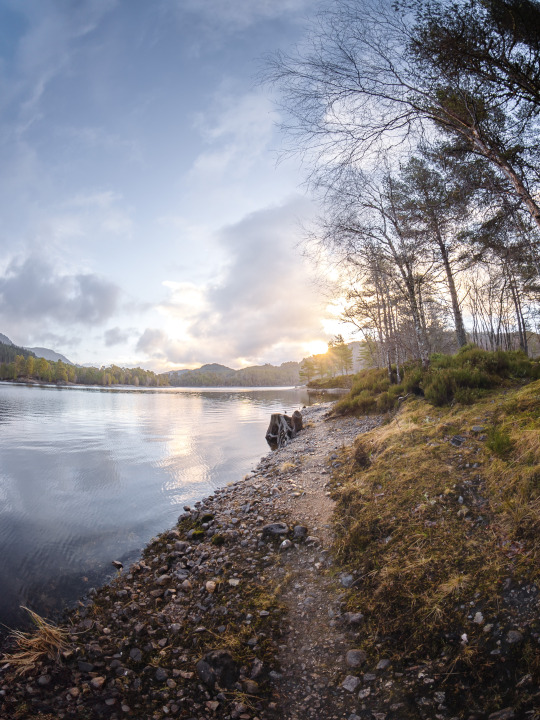


Glen Affric dawn in ultra-wide
photographed by Freddie Ardley
#photographers on tumblr#landscape#photography#artists on tumblr#travel#nature#art#photographer#beauty#view#scotland#glen affric#forest#waterfall#river#mountains#highlands#uk
499 notes
·
View notes
Note
so wait what is "adv" short for
Virtual Girl Advance is meant to be the full name yeah but it never fits in like half the sites I use it on so I started to shorten it by default
107 notes
·
View notes
Text
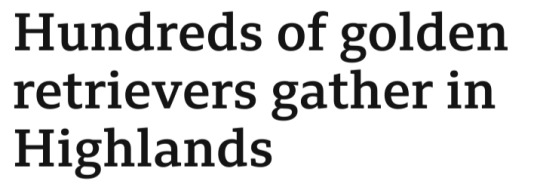
13 July 2023
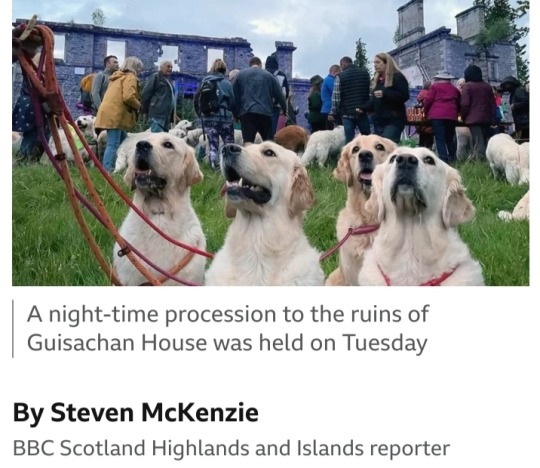

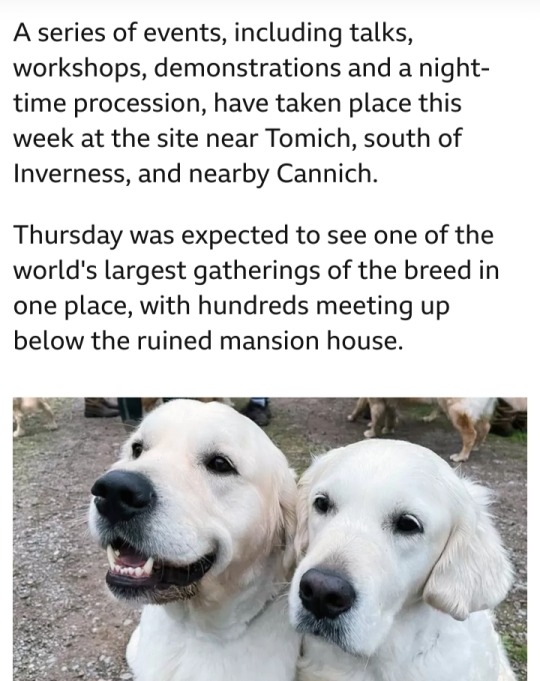

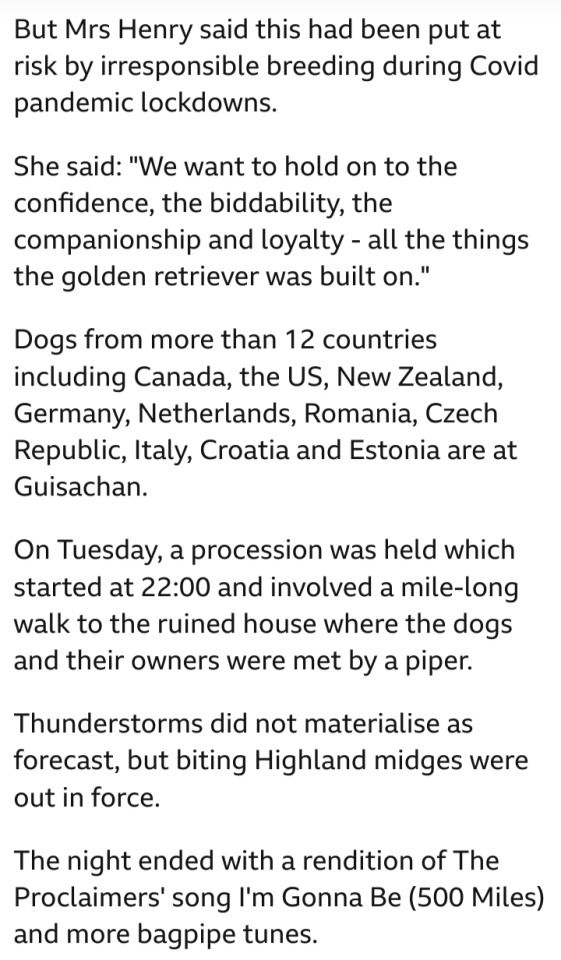
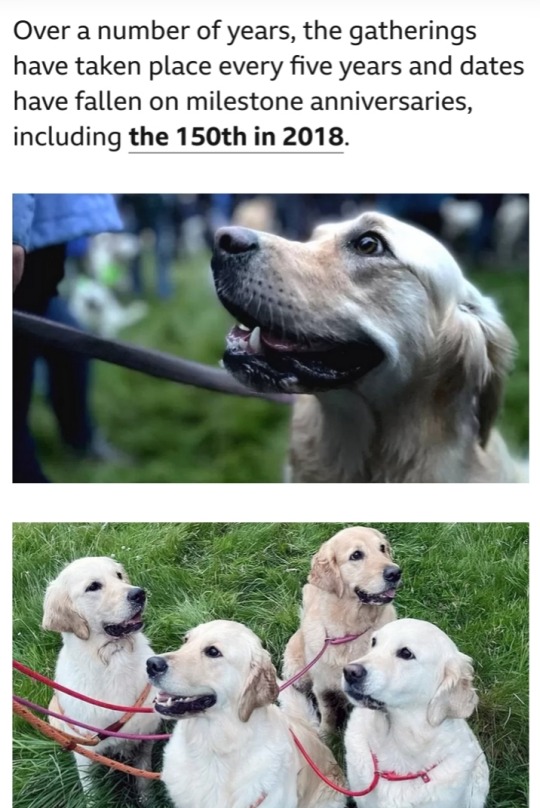


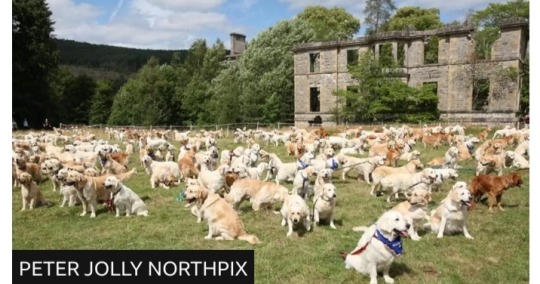
Golden retrievers at Guisachan, near Tomich (2018)
—
Dudley Coutts Marjoribanks, 1st Baron Tweedmouth, also known as the Laird of Guisachan and Glenaffric (29 December 1820 – 4 March 1894), was a Scottish businessman and a Liberal politician who sat in the House of Commons from 1853 until 1880, when he was elevated to the peerage as Baron Tweedmouth.
He was the breeder of the first golden retriever.
#golden retrievers#Guisachan House#Glen Affric#Sir Dudley Marjoribanks#Golden Retriever Club of Scotland#The Kennel Club#Lord Tweedmouth#Guisachan estate#dogs#animals#dog welfare#dog training#dog health#Highlands#BBC#Tomich
143 notes
·
View notes
Text
Red deer in the Caledonian Forest, Glen Affric, Scottish Highlands
© Terry Whittaker
Alamy

Meet the mighty red deer! With its majestic presence and robust antlers, this animal is a true wonder of nature. Photographed in the ancient woodlands of Glen Affric, one of Scotland’s most picturesque valleys, the red deer is Britain’s largest land mammal. Found in various regions of Europe, Asia and North Africa, it has historically been a central figure in cave art and medieval hunting traditions. Its imposing and noble figure symbolises the wild and free spirit of nature.
#Terry Whittaker#alamy#Red deer in the Caledonian Forest#Glen Affric#Scottish Highlands#With its majestic presence#robust antlers#symbolises the wild and free spirit of nature#artists photographie#art#original photographer#original art#photographer#art style#art word#scotland#africa#europe#natural color#natural photography#art colors#de tot#fotos art#xpuigc#xpuigc bloc
9 notes
·
View notes
Text

Yesterday saw 40 years of marriage. This was actually taken four years ago in Glen Affric, but it sums up how I feel about the wonderful woman better than I can express in words.
37 notes
·
View notes
Text
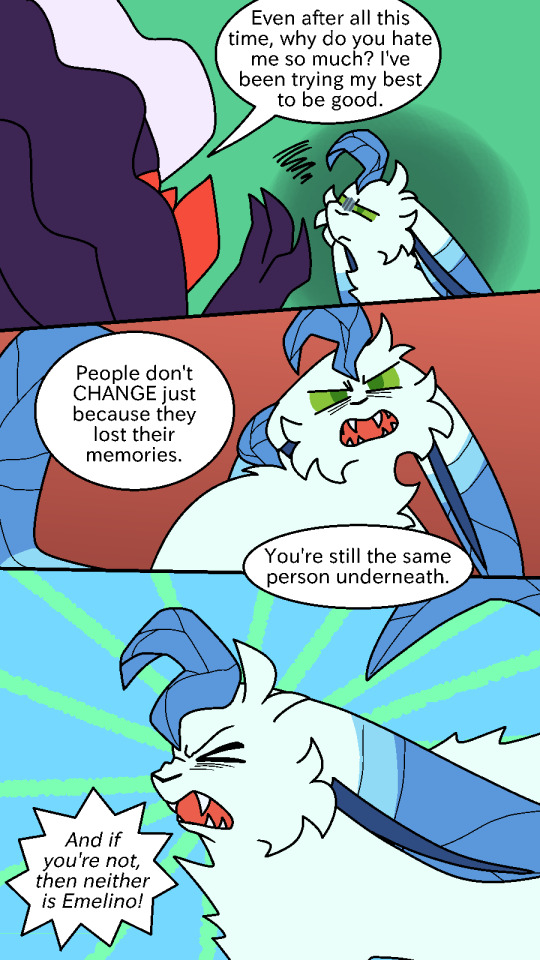
quick comic on 1 of the reasons why leaf continues to be a darkrai hater even after a while
context:
my version has 2 heroes, one who is amnesiac and the other who isn't. the leafeon is the non-amnesiac hero who struggles with the fact that her sister remembers absolutely nothing
Emelino/Emerald are the same person, the amnesiac hero, just with a different name. Emerald is her current name and the one she went by when she lost her memoriess, but Emelino was her name in the dark future
initially, the only ones who were aware that Emelino was once her name are all the people from the future, which includes Leaf (whose birth name is Maria, for the curious)

#pmd#pokemon#pokemon mystery dungeon#oc: leaf (pmd)#leafeon#darkrai#comic#leaf is the name she picked for herself on that beach! she was thinking of grovyle and celebi when she picked it#originally leafs birth name was going to be mary but when i looked up how it was translated into esperanto#i. dont want to name her mario. so i picked a name that was just a letter off#she misses the future gang. theyd call her marinjo sometimes and for emerald it was enjo#j as in [j] the glide and not the affricate. i dont have that symbol on hand
22 notes
·
View notes
Text
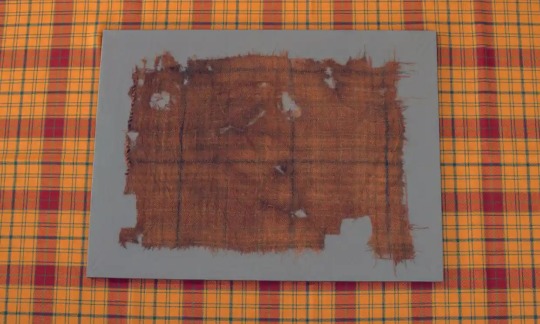
Glen Affric Tartan | Alan Richardson | The Guardian
11 notes
·
View notes
Text
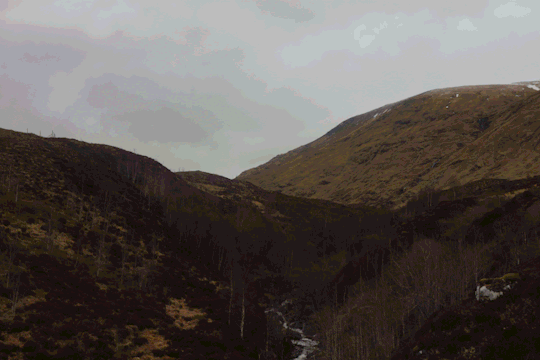

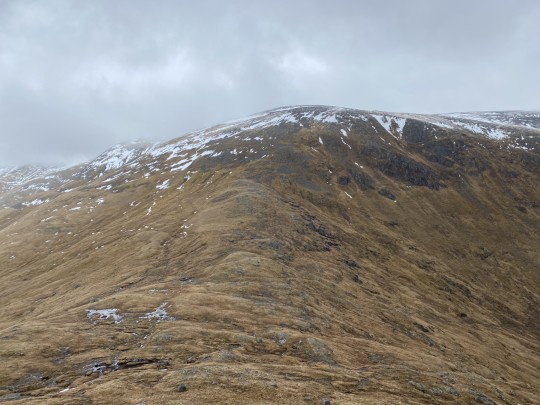
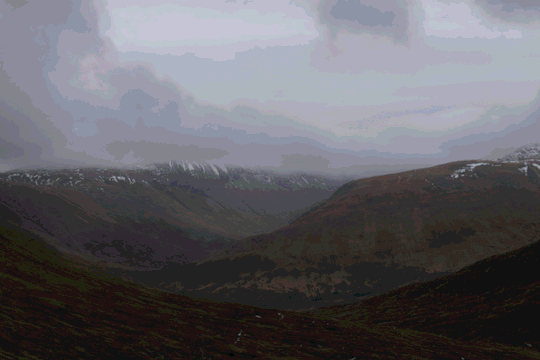
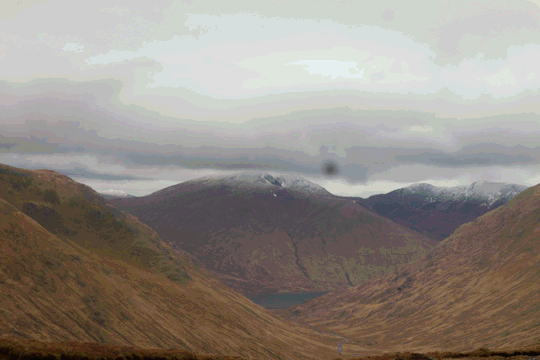
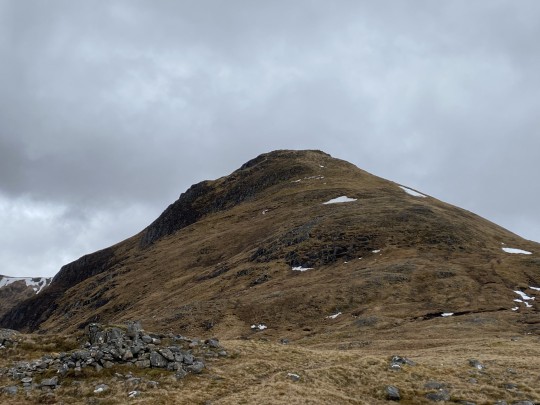

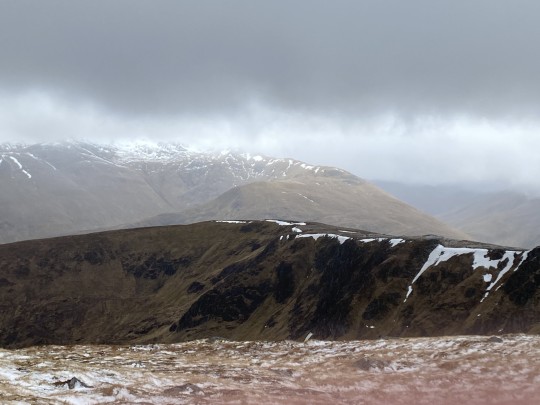
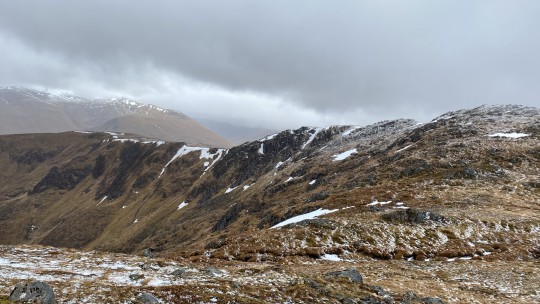
There woods grow wild on every hill; There freemen wander at their will; Sure Scotland will be Scotland still While hearts so brave defend her.
James Hogg.
Back for my yearly ecoholiday with Trees for Life in Glen Affric. This was an attempt to reach Mam Sodhail (please see my earlier post from there) that was called off due to weather; we had to take a shorter route but that did take me to a place I’d never been to.
Walking up (1) Allt Coire Ghaidheil, I was heartened by earlier planting; look carefully and you’ll see thriving trees on one side of the fence and the all too common bare hillside on the other; this was an encouragement in the work of planting trees, which could be hard, but the worth of which is right here in this photoshoot.
We then took the summit of (2) Bealach Coire Ghaidheil, whereupon we saw (3,4) Mam Sodhail and (4-5) Carn Eighe, the sight of which deterred us! We drank in the view of (6) Loch Uaine, before we scaled (7) An Socach.
The squad that I went with are seen in (8) and are (back row) Campbell and self, (front row) Andy, Sarah, Tasha & Paul. We weren’t hanging round for long before we went down Stob Coire na Cloiche, which is seen in (9,10) with Mullach Fraoch-choire behind it. (The latter is somewhere I’ve never been, but I hope to be righting this wrong soon).
Going down slowly, we got back to the lower path and crossed Alltbeithe, then I got a bit emosh when I crossed the bridge that is the border of National Trust for Scotland land; this bridge, which isn’t pictured, was the place I walked to and from each morning and will now have to wait another year to see.
I have now come down from my mountain of communal living, tree planting, bathing in cold streams (for some of us- you can see from the mountain snow how ‘refreshing we found’ it) and am back to what is called ‘normality’ by those who can’t imagine anything else.
Still, I know something I almost forgot in the seemingly endless covid pandemic (that kept me away from here for over three years), that one can get out of ‘normal’ life and that I can see the results.
3 notes
·
View notes
Text
okay, weve all heard of hyperfrench. but what would hypergerman look like?
#seriously im german and all i can think of is#double umlaut whammy#another wave of affrication?? maybe#and thats all#so yeah#linguistics#german#hyperfrench#hypergerman
8 notes
·
View notes
Text
Let's Make A Conlang Poll #9!
Right, so, while the vowel selection tournaments are happening, we're going to do some other polls related to pulmonic consonants. For an explanation of what pulmonic consonants are and how we'll be selecting them, click here.
Today we'll be selecting an approximate number of affricates for our conlang! Affricates are consonants that start like a plosive and end like a fricative. They can be further subdivided into sibilant and non-sibilant affricates, but for the purposes of this poll, we're including both. Examples include t̪s̪, d̪z̪, ts, dz, t̠ʃ, d̠ʒ, tʂ, dʐ, tɕ, dʑ, pɸ, bβ, p̪f, b̪v, t̪θ, d̪ð, tɹ̝, dɹ̝, t̠ɹ̠̊˔, d̠ɹ̠˔, cç, ɟʝ, kx, ɡɣ, qχ, ɢʁ, ʡʜ, ʡʢ, and ʔh. Normally there's supposed to be a tie over both characters in an affricate to show that they're said as one sound, but tumblr doesn't like that, I guess.
This poll is to create a phonemic inventory for a constructed language made (as much as possible) entirely with tumblr polls! More information on this project can be found here!
Please reblog for better sample size! Next poll should be up in 48 hours, and the next round of the vowel selection tournament will be up whenever I have time!
Taglist: @writing-with-olive, @notajerusalemcricket, @antique-symbolism-main, @jan-fiona-li-pona, @achilleaimpatiens, @chrome-bones
#Let's Make A Conlang#linguistics#conlang#conlanging#tumblr polls#phonology#pulmonic consonants#affricates
24 notes
·
View notes
Note
chess battle advanced
I can't wait for chess 3.0 you have no idea
7 notes
·
View notes
Text

Looking at some northern Athabaskan languages. How often do you see dental affricates?! Cool stuff.
(Source: Kaska language on Wikipedia)
7 notes
·
View notes
Text
After uniting the Hamaran-speaking states in western Altuum, the prince Ghwailan engaged in a program of prestige-building that included promoting the Hamaran language and literature; to that end, he brought to his court Khnimor ja Damras, the renowned polymath, and charged him with creating a native orthography for the Hamaran tongue, to replace the clumsily adapted southern letters that were until then used in the (rare) production of Hamaran-language documents.
Khnimor set about the task with enthusiasm; he tried first a logographic system (as most aspiring lettersmiths do); finding it clumsy, he then tried a syllabic system, then an alphabetic one. He was determined to create for Ghwailan a system of surpassing usefulness and elegance, and he was something of a perfectionist. Eventually, he decided that he needed to embark on a program of study to understand the nature of sounds in language at the most basic level. He spent years studying phonetics, comparing the orthographies of various languages, and producing and discarding one system of writing after another.
Finally, at the end of this project, he produced what are called now the Khnimoran Lettters. They were an attempt to create a writing system capable of phonemically representing every language in the world, or at least every language Khnimor knew of. Individual symbols, which were clearly distinguishable but quick to write, could be composed together to indicate place and manner of articulation, voice, and other features; and by the study of basic elements, one could learn to represent hundreds of unique sounds.
Unfortunately, the result was not especially useful for Hamaran, and Ghwailan had become incredibly irritatd with Khnimor's perfectionism; he charged a different court official with implementing a basic spelling reform, and Khnimor's letters were never used in Hamara, or anywhere else in his lifetime. The linguists of the south rediscovered the letters a generation or two later, however, and found them an excellent basis for a phonemic orthography, for use in the study of languages; over time, they became the scholarly standard in Nebressa, Sayyedhu, and many other places for phonemic representation of languages, and the basis for more elaborate systems of phonetic representation.
In respect to the International Phonetic Alphabet, the Khnimoran Letters have some deficincies. They cannot represent some very fine phonetic details: they do not indicate relative features like "less rounded" or "more rounded;" they do not distinguish different kinds of release, or syllabicity; linguolabial sounds cannot be represented, and taps, flaps, and trills are all written with the same symbols. Some of these limits are down to the more limited aspirations of Khnimor, who was not trying to create as detailed a phonetic scheme of representation as the International Phonetic Association of our own world; others, due to limits in languages known to him and to later scholars--clicks and implosivs were known to Khnimor, but not complex tone systems.
The core symbols of the Letters are meant to be easily recognizable and quick to write. The consonants are abstract, being largely unrelated to their meaning; the vowels, however, are loosely based on a representation of where they are in the perceptual vowel space, represented as a two-dimensional grid. The primary features represented are place of articulation (bilabial, labiodental, dental, alveolar, postalveolar, retroflex, palatal, velar, uvular, pharyngeal, and glottal) and manner of articulation (plosive stop, implosive stop, click, lateral click, ejective stop, nasal, tap/trill, fricative, ejective fricative, lateral fricative, approximant, and lateral approximant). A place or manner symbol can stand on its own for any sound of that class. Additional marks can distinguish voicing (unvoiced, voiced, breathy voiced, creaky voiced), or features like labialization or palatalization.
The current standard of the Khnimoran Phonemic Alphabet (as it is now called) is maintained by the University of Presh, lightly altered and slightly extended. The main KPA chart shows the base symbols and ligatures for regularly encountered combinations; marginal or impossible groupings are omitted. The version shown here adds the specifically voiced forms of the consonants to show where the voicing diacritic is usually positioned, and the vowels in both their short and long forms. Rounded vowels are marked using the labialization sign.
Khnimoran Letters (consonants)
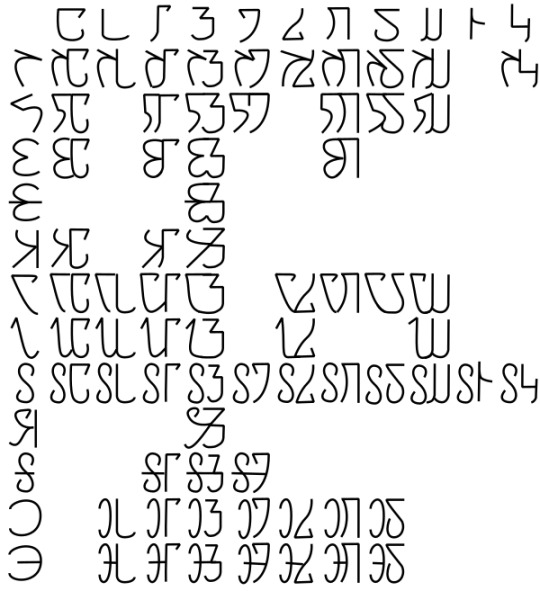
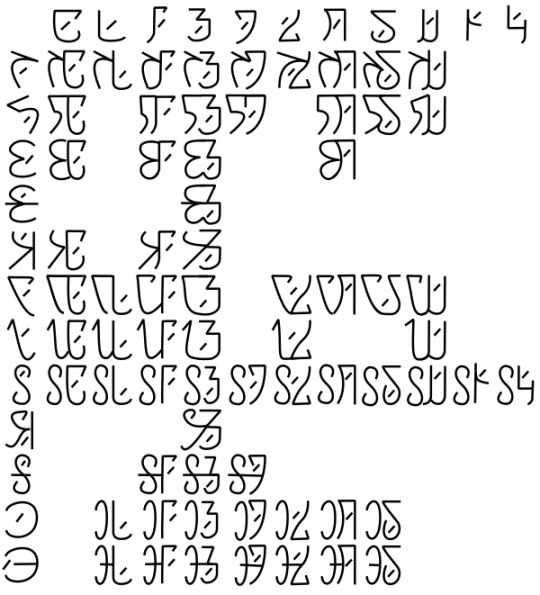
Khnimoran Letters (vowels)

The most commonly encountered diacritics, shown below, are labialization, palatalization, velarization, and pharyngealization (shown above the main character); aspiration and nasalization (shown below), and additional voicing marks (here, creaky, breathy, and unvoiced).

#sogant raha#conlanging#i forgot to include this in the main description#but affricates and double articulations are written vertically on top of each other#and diphthongs are written as horizontal pairs squished together to fit in one space
20 notes
·
View notes
Text
I'm currently machine translating academic articles to help with my research. Listening to this dude attempt to roast his colleagues is definitely a different experience through awkward translation.
I put in SO MUCH WORK to read this! Copy-pasting, reformatting the text to remove all the line breaks, copying again to the translation software, and then back AGAIN to my document, checking spelling errors if the sentences don't make sense ...
And this hard-earned paragraph is just a nonsensical rant about how the fact that our 17th century priest used an 'i' to make an 'i' sound means that he could not POSSIBLY have also used it to indicate palatality. Just ... Irish is a well known language! How do you not know about Irish, or the many other languages that do this exact thing, Sir?
(This is a scathing insult if you know linguistics. He is feeling very embarrassed now.)
There's good points, as well, of course. He's the only person I've found who agrees with my belief that 'xll' might have been a lateral fricative, for example. He's done some VERY helpful research into historical Spanish phonology, which explain some of the weird things our priest says.
It's just such a strange thing to put the work into a translation, only to find out it's a weirdly aggressive rant about another historical linguist, which isn't even well thought out!
#historical linguistics#mochica#mochica seems to draw in people who enjoy confidently concluding complete gibberish#probably because the lack of information means it's hard to disprove things#so I can see where he's coming from for some of this stuff#though if he REALLY ranted for so long about how 'cɥ' is an affricate and the people who said it wasn't are idiots#only to conclude by saying 'cɥ' was /tʲ/#(notably NOT an affricate)#I am going to be very annoyed#that BETTER have been a bad translation#linguistics
3 notes
·
View notes
Text
My phonology professor: of course, since this is an *English* phonology class, I will only include sounds and examples in English :)
Also my phonology professor: write down the symbols for: voiceless palatal affricate, voiced palatal affricate, voiced palatal fricative... and provide an English word containing that sound :) analyze these datasets in Spanish, Farsi, Osage, and Modern Greek :)
#babe what?!#palatal affricates?!#now i know why she did it as a take home assignment#we wouldn't even have known the symbols for that#amazing#oh well#it's a fun exercise i guess#void screams
4 notes
·
View notes
